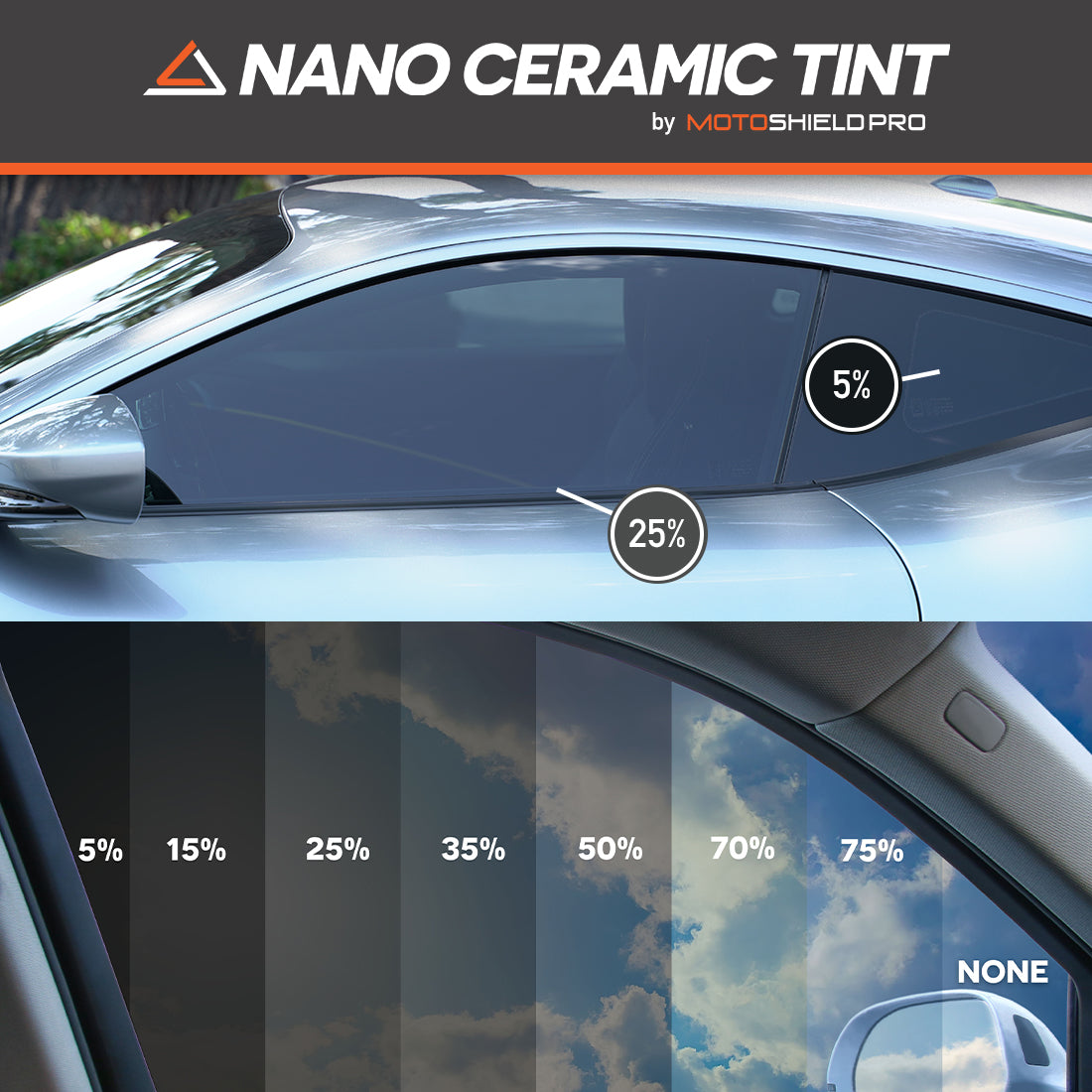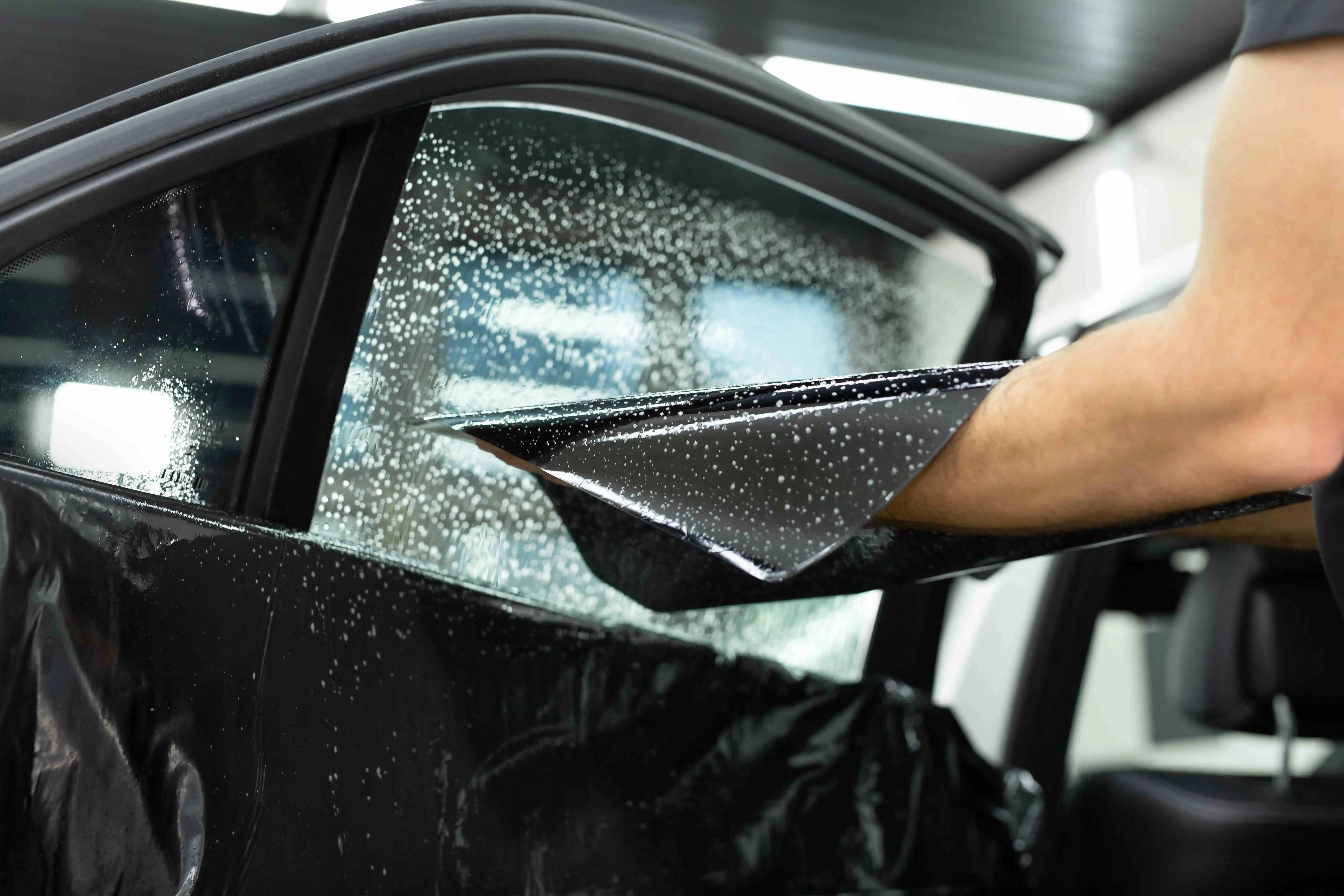Vehicle Window Tinting for Warmth Decrease and Energy Effectiveness
Vehicle Window Tinting for Warmth Decrease and Energy Effectiveness
Blog Article
Window Tinting Rules and Guidelines: What You Need to Know Prior To Tinting Your Vehicle
Before proceeding with home window tinting for your automobile, it is important to acquaint yourself with the varied legislations and standards that regulate this practice throughout various states. These policies determine the permitted degrees of color darkness, usually determined by visible light transmission (VLT) percents, and consist of particular stipulations for front windscreens aimed at ensuring road security.
Introduction of Window Tinting Regulations
Home window tinting legislations are frequently subject to variant across different territories, reflecting regional laws and safety considerations. These laws dictate the permitted degrees of color darkness and reflectiveness on car home windows, ensuring that drivers maintain sufficient exposure while likewise protecting against dangerous UV rays and warmth.
The majority of regulations classify window tinting based on the Visible Light Transmission (VLT) portion, which shows the amount of light that can pass via the home window. Usually, reduced VLT percentages represent darker tints. Laws frequently differentiate in between the front, side, and rear windows, with stricter limitations related to the front windscreen to enhance safety for both the chauffeur and other roadway individuals.
Additionally, some jurisdictions impose restrictions on the reflectivity of the tint, stopping excessive glare that could hinder exposure. Exemptions to these laws may exist for individuals with certain medical problems calling for added sunlight security. Conformity with home window tinting regulations is important, as infractions can cause penalties, required removal of the tint, and potential rises in insurance coverage premiums. It is vital for vehicle proprietors to familiarize themselves with neighborhood legislations prior to proceeding with window tinting installments.
State-by-State Color Laws
Comprehending the specific window tinting policies in each state is crucial for vehicle owners seeking to comply with the regulation. Each state in the united state has actually established its own set of policies governing window tinting, which can differ substantially. These guidelines commonly determine the allowable levels of color darkness, the sorts of windows that can be tinted, and any kind of clinical exemptions that might apply.
As an example, states like California have stringent constraints on color darkness for front windows, while others, such as New Mexico, may permit darker tints. In addition, particular states mandate particular presence percentages for various home windows, consisting of the windshield, front side home windows, and back home windows. It is critical for cars and truck owners to acquaint themselves with their state's laws to prevent possible penalties or charges.
In addition, some states may require a certification sticker to be positioned on colored home windows, showing conformity with state laws. Failure to stick to these laws not just takes the chance of lawful effects however can likewise affect safety and presence while driving. Car proprietors must perform comprehensive research or seek advice from local authorities to guarantee complete understanding and conformity with state-by-state color guidelines.
Allowed Tint Levels and Kinds
Lots of automobile proprietors may be surprised to find out that permitted color levels and kinds differ commonly throughout different states. Each state has actually established its very own guidelines relating to the acceptable darkness and reflectivity of home window tint, often determined by Visible Light Transmission (VLT) percentages. VLT describes the quantity of light that can travel through the colored windows; hence, a reduced percent shows a darker color.

In addition, the kinds of tint materials enabled can vary, with some states restricting metallic or mirror-like surfaces. It is important for vehicle owners to familiarize themselves with their state's particular laws to make certain compliance. Non-compliance can result in fines, required elimination of the tint, or various other legal consequences, making it crucial to recognize these guidelines prior to waging setup.
Medical Exemptions for Tinting
While not all states offer allowances for medical exceptions pertaining to window tinting, those that do recognize the need for particular people to boost presence and convenience because of medical problems. Different clinical conditions, such as lupus, skin cancer, and certain eye disorders, can provide people specifically conscious sunlight. These people may need darker colors to secure themselves from hazardous UV rays and glow.

It is essential to keep in mind that despite having a medical exemption, there might still be restrictions on the degree of tint allowed. Conformity with state laws guarantees that individuals are both secured and within lawful limits. Those considering medical exemptions should contact their regional Department of Motor Vehicles or equal authority to comprehend the procedures and needs needed to request an exception efficiently.
Fines for Non-Compliance
Falling short to abide with home window tinting regulations can bring about substantial penalties, which vary by state. Police are encouraged to provide citations for vehicles that do not stick to the defined tinting regulations. These penalties commonly consist of penalties, which can vary from moderate total up to several hundred bucks, relying on the extent of the offense and the state in question.
In some territories, repeated offenses may lead to escalating penalties or extra charges, such as compulsory court looks. Non-compliance might require the removal of unlawful tinting, frequently at the owner's expense. In extreme cases, habitual culprits might encounter suspension of their automobile enrollment up until compliance is attained.
In addition, insurance policy ramifications might occur from obtaining numerous citations try here for home window color infractions. Insurance providers may watch such infractions as a sign of riskier habits, visit site possibly leading to enhanced costs or problem in insurance coverage.
To avoid these fines, it is essential for car owners to acquaint themselves with their neighborhood window tinting legislations and make sure that their lorry complies (Window Tinting). This positive approach not only avoids lawful ramifications but likewise advertises roadway security
Conclusion

Many laws classify window tinting based on the Visible Light Transmission (VLT) percentage, which shows the amount of light that can pass with the home window. Compliance with home window tinting policies is vital, as violations can result in penalties, compulsory removal of the color, and possible rises in insurance premiums.Comprehending the certain window tinting regulations in each state is essential for automobile owners looking for to conform with the legislation. These policies often dictate the allowed degrees of tint darkness, the kinds of windows that can be tinted, and any kind of clinical exemptions that might apply.
For circumstances, states like The golden state have stringent limitations on color darkness for front home windows, while others, such as New Mexico, might enable darker colors.
Report this page